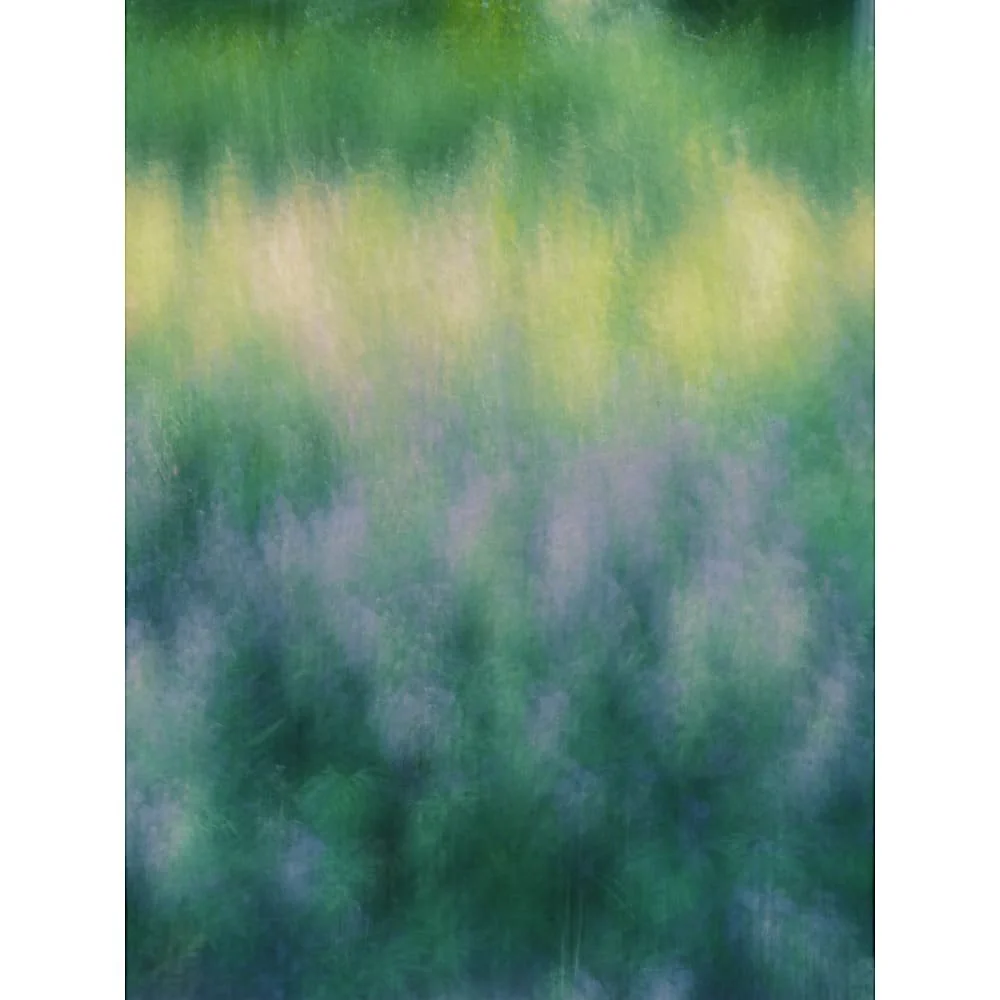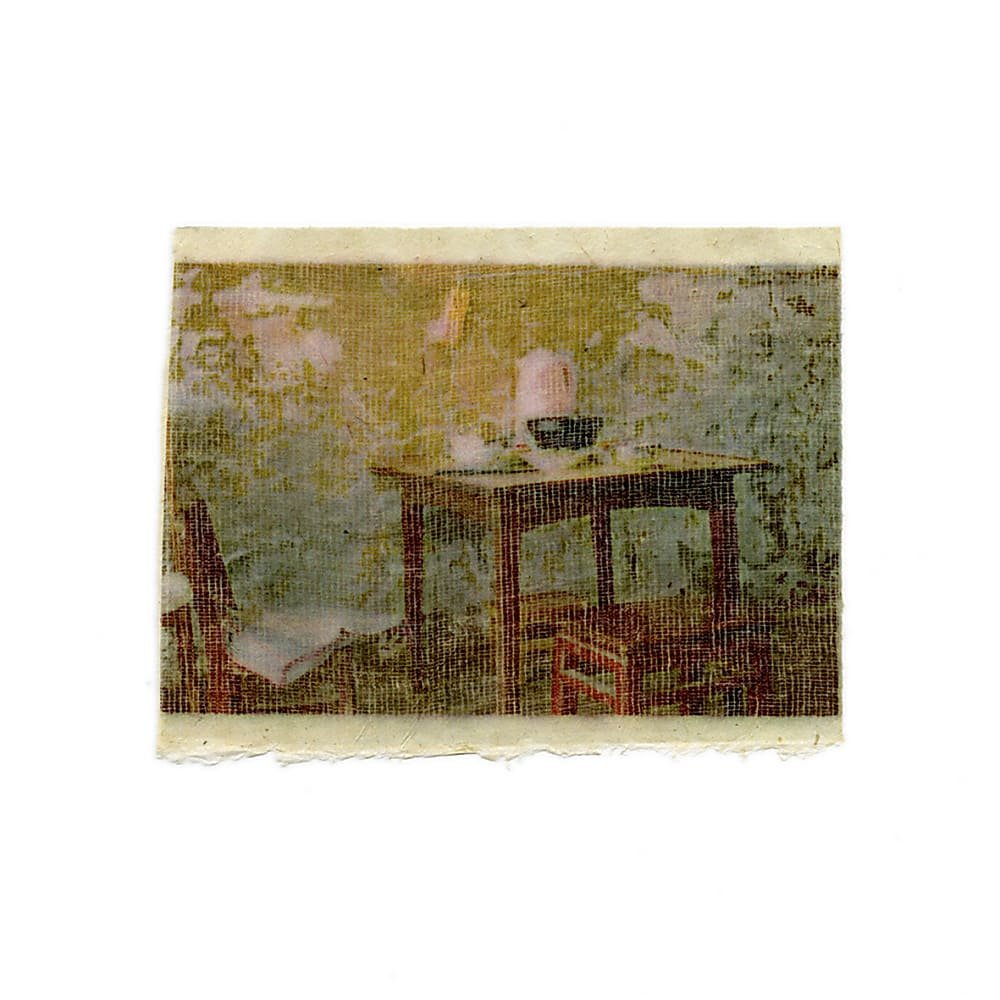Carol He
£0.00
I am a practice-based researcher working primarily in print and sculpture. My work focuses on the digital landscape and the question: how can we reflect on human-technological relations? The rapid changes in media create an environment where images and information are quickly produced and shared, leading to attention deficit disorder. What is the 'overwhelm' we experience when immersed in screens, and how does this increase our sense of loss and uncertainty? Can we interrupt the flow of media? Can intensive material engagement reshape our attention and slow down the acceleration?
As a multidisciplinary artist, I realise this background presents challenges but also new opportunities for print as an information-sharing medium. Thus, I primarily use digital techniques such as scanners, exploring (re)production technologies, including print and their extension to digital images. I incorporate time, movement, and dimension into printmaking to track the shifting and evolving meanings of traditional printing in a virtual context. Today, even human tissue can be printed. What will we be able to print in the future?
To utilise real body perceptions and alleviate the pressure when people shift between the virtual and material worlds, my work adapts sculpture-making, primarily using domestic materials such as mirror, fabric, and clay. This translates digital experiences into physical, haptic forms, reinforcing the importance of materiality in printmaking. I explore human senses by examining how digital images, spaces, and materials act as meeting places, enabling conversations about depictions of difficult feelings such as loss, uncertainty, darkness, and restructuring.
As a female artist, I am also interested in women's history, particularly how technology change women's lives by adding ambiguity and transformation to the female body.
Quantity:
Add To Cart
I am a practice-based researcher working primarily in print and sculpture. My work focuses on the digital landscape and the question: how can we reflect on human-technological relations? The rapid changes in media create an environment where images and information are quickly produced and shared, leading to attention deficit disorder. What is the 'overwhelm' we experience when immersed in screens, and how does this increase our sense of loss and uncertainty? Can we interrupt the flow of media? Can intensive material engagement reshape our attention and slow down the acceleration?
As a multidisciplinary artist, I realise this background presents challenges but also new opportunities for print as an information-sharing medium. Thus, I primarily use digital techniques such as scanners, exploring (re)production technologies, including print and their extension to digital images. I incorporate time, movement, and dimension into printmaking to track the shifting and evolving meanings of traditional printing in a virtual context. Today, even human tissue can be printed. What will we be able to print in the future?
To utilise real body perceptions and alleviate the pressure when people shift between the virtual and material worlds, my work adapts sculpture-making, primarily using domestic materials such as mirror, fabric, and clay. This translates digital experiences into physical, haptic forms, reinforcing the importance of materiality in printmaking. I explore human senses by examining how digital images, spaces, and materials act as meeting places, enabling conversations about depictions of difficult feelings such as loss, uncertainty, darkness, and restructuring.
As a female artist, I am also interested in women's history, particularly how technology change women's lives by adding ambiguity and transformation to the female body.
I am a practice-based researcher working primarily in print and sculpture. My work focuses on the digital landscape and the question: how can we reflect on human-technological relations? The rapid changes in media create an environment where images and information are quickly produced and shared, leading to attention deficit disorder. What is the 'overwhelm' we experience when immersed in screens, and how does this increase our sense of loss and uncertainty? Can we interrupt the flow of media? Can intensive material engagement reshape our attention and slow down the acceleration?
As a multidisciplinary artist, I realise this background presents challenges but also new opportunities for print as an information-sharing medium. Thus, I primarily use digital techniques such as scanners, exploring (re)production technologies, including print and their extension to digital images. I incorporate time, movement, and dimension into printmaking to track the shifting and evolving meanings of traditional printing in a virtual context. Today, even human tissue can be printed. What will we be able to print in the future?
To utilise real body perceptions and alleviate the pressure when people shift between the virtual and material worlds, my work adapts sculpture-making, primarily using domestic materials such as mirror, fabric, and clay. This translates digital experiences into physical, haptic forms, reinforcing the importance of materiality in printmaking. I explore human senses by examining how digital images, spaces, and materials act as meeting places, enabling conversations about depictions of difficult feelings such as loss, uncertainty, darkness, and restructuring.
As a female artist, I am also interested in women's history, particularly how technology change women's lives by adding ambiguity and transformation to the female body.





